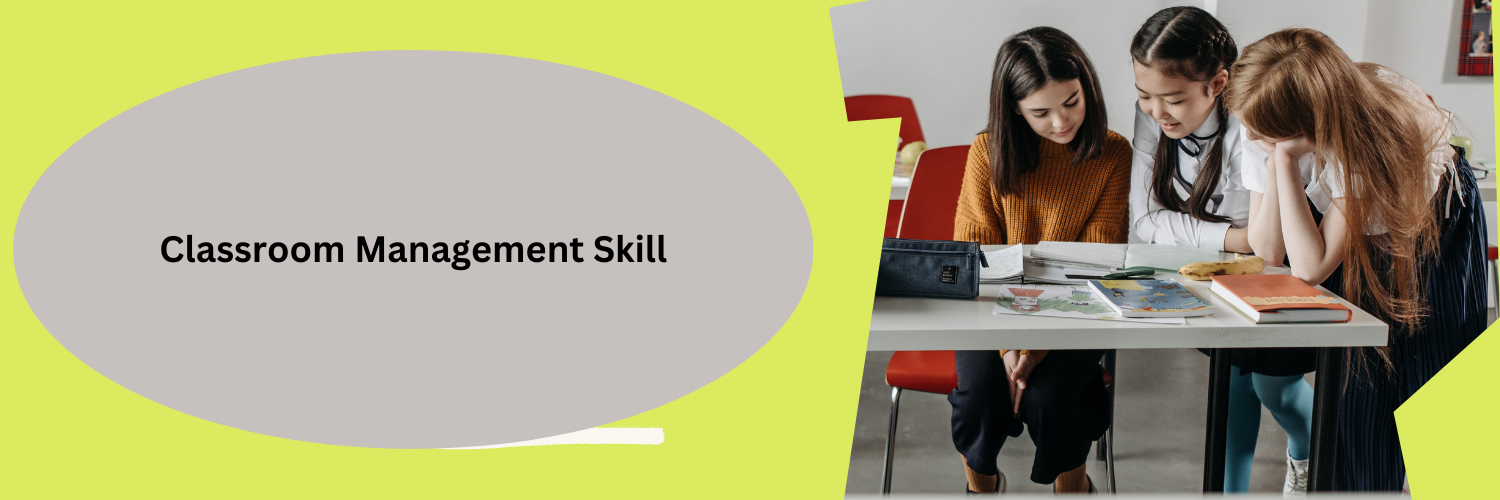Being a good teacher involves managing the classroom effectively, which means creating a positive environment for students to learn in. To do this, teachers should have skills like managing time well, being disciplined, observing closely, being patient, communicating effectively, and knowing their subject. It’s crucial to set clear expectations and let students know what happens if they don’t follow the rules without resorting to extreme measures like sending them to the principal or calling parents. Instead, teachers can use simple techniques like being firm but friendly, knowing their subject, setting expectations early, connecting with students, having clear consequences, and sticking to the rules. By doing these things, teachers can make sure their students are engaged and successful in their learning.
Effective Classroom Management Skills and Strategies
Effective classroom management is a crucial aspect of teaching that can help create a positive learning environment for students. Here are some classroom management skills and strategies that every teacher should have:
- Clear Expectations: Establishing clear expectations involves creating a set of rules and guidelines that are communicated effectively to students. This clarity helps students understand what is expected of them in terms of behavior, participation, and academic performance. By having well-defined expectations, you provide students with a framework for success and contribute to a more focused and positive learning environment.
- Positive Relationships: Building positive relationships with students is about fostering trust, respect, and understanding. When students feel a connection with their teacher, they are more likely to engage in the learning process. Taking an interest in students’ lives, being approachable, and creating a supportive atmosphere contribute to a sense of community within the classroom, making it a more enjoyable and productive space.
- Positive Reinforcement: Positive reinforcement involves acknowledging and rewarding desired behaviors. This can take the form of verbal praise, recognition, or tangible rewards. By reinforcing positive behavior, you create a motivating environment where students feel valued and encouraged to continue exhibiting good conduct and academic effort.
- Consistency: Consistency is key to maintaining a fair and predictable learning environment. When rules, expectations, and consequences are consistently applied, students develop a clear understanding of what is acceptable and what is not. This predictability fosters a sense of security and stability, reducing the likelihood of disruptions and creating a more focused classroom atmosphere.
- Active Listening: Actively listening to students’ concerns, questions, and feedback demonstrates that their voices are heard and respected. By understanding their perspectives, you can address individual needs, diffuse potential issues, and create a more inclusive learning environment. Active listening also builds trust and rapport between you and your students.
- Flexibility: Recognizing and accommodating diverse learning styles and needs requires flexibility in your teaching approach. Being open to different methods, incorporating varied resources, and adjusting your strategies based on student feedback contribute to a dynamic and inclusive classroom. Flexibility helps ensure that every student has an opportunity to succeed.
- Technology Integration: Integrating technology into the classroom can enhance engagement and communication. Utilizing tools for interactive learning, progress tracking, and effective communication with parents creates an organized and efficient learning environment. Technology can also provide additional resources to cater to diverse learning preferences.
- Collaboration: Collaborating with colleagues allows for the exchange of ideas and best practices. Attending professional development workshops, participating in online forums, and engaging in collaborative projects enable you to learn from others and continually improve your teaching methods. This collective approach contributes to creating a supportive and innovative educational community.
- Proactivity: Being proactive involves anticipating potential issues and taking preventive measures. Establishing routines, addressing concerns early on, and having a proactive approach to classroom management contribute to a more controlled and safer environment. Proactivity minimizes disruptions and allows for a smoother flow of the learning process.
- Safe and Supportive Environment: Creating a safe and supportive environment is foundational for effective teaching and learning. Promoting respect, empathy, and kindness establishes a positive classroom culture. Providing opportunities for students to express themselves fosters a sense of belonging and emotional well-being, contributing to a positive overall learning experience.
Conclusion:
Honing effective classroom management skills is vital for teachers. This involves establishing clear rules, maintaining open communication, employing strategies to prevent disruptions, and fostering a positive and engaging learning environment. For individuals aspiring to become educators, it is crucial to seek education from the best B.Ed college in Ghaziabad. Choosing the right institution ensures acquiring the necessary knowledge and skills essential for successful classroom management, setting the foundation for a fulfilling and impactful teaching career.






